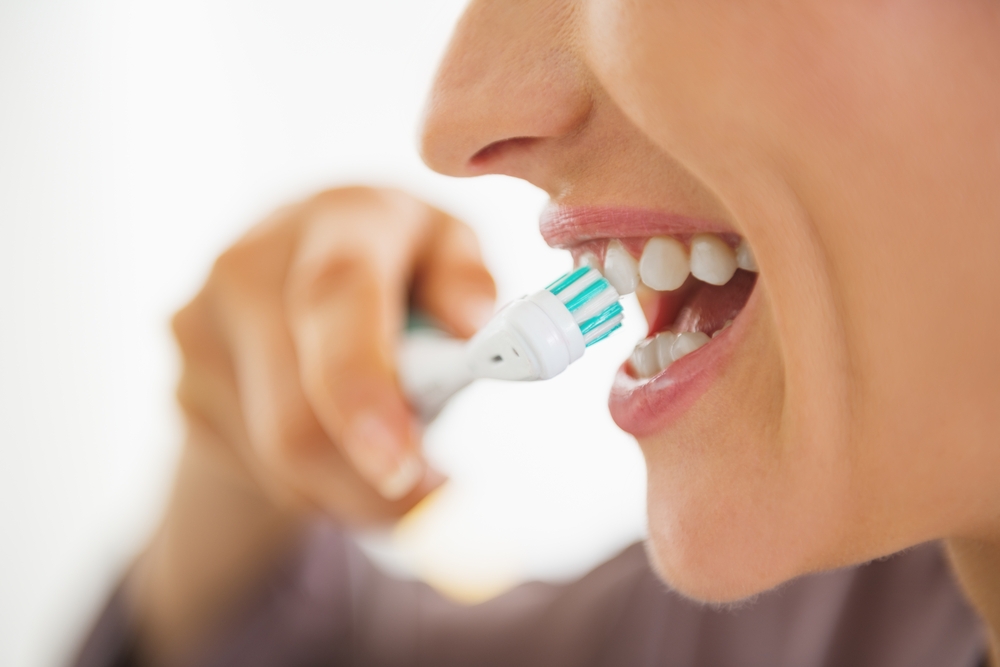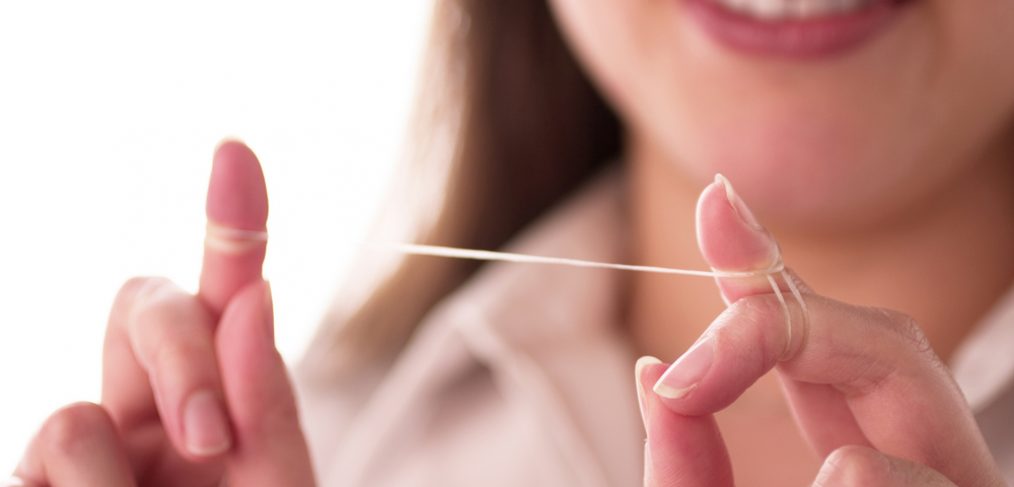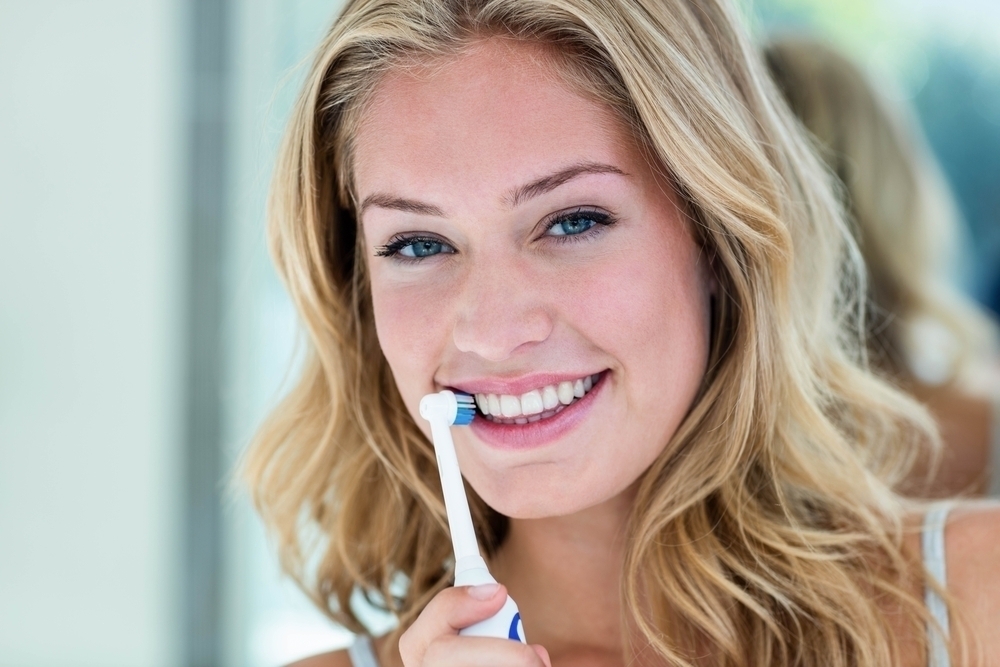According to a survey conducted by Match. com., 42% of singles said they would not date a virgin, 65% would not date someone who was over $5000 in the red in credit card debt, nearly half considered still living with mum and dad to be a deal breaker, and more than half considered the biggest dating “must have” to be good teeth. Of 5,500 people surveyed, 58% of men and 71% of women said that healthy teeth are a big factor in considering a mate. Yes, more than clothes, hair, nails, and tattoos, it seems singles are quite focused on the teeth. Why? Well, in a nutshell, many people associate good teeth with good hygiene and cleanliness and bad teeth with bad breath. Although, this may not always be the case, there seems to be no doubt that strong healthy teeth have their benefits. If you’ve been spending your nights on the couch and think it might have something to do with your campers, here are some secrets behind healthy teeth.
Brush Your Teeth Before You Eat
According to Dr. Chris van Tulleken, cleaning your teeth within an hour after you eat brushes of tooth enamel. He suggests brushing before breakfast and drinking water or chewing sugarless gum to clean debris, sugar and acid from your mouth after eating during the day.
Proper Brushing
- Brush for two minutes two times a day
- Work the brush from one corner of your mouth to the other and get all surfaces.
- Use a pea sized amount of toothpaste and brush softly.
- Don’t rinse. It will keep the fluoride in your mouth longer.
Avoid Acid And Snacks
When you eat, your mouth stays acidic for about 40 minutes. If you snack often, your mouth is likely to be 60% more acidic than normal and your chances of gum disease and tooth decay increase. Try sticking to regular meals and avoid too many drinks and snacks.
Use Cucumber Mouthwash
Drink water and eat vegetables with high fiber like cucumber, celery and carrots. They will help kill bacteria that cause bad breath.
Go See The Dentist
Safe to say that there can be few horror movies and nightmares that frighten us quite like a visit to the dentist. Here are a few suggestions for making your visit a bit more pleasant.Don’t arrive early. This will only give you extra time to dwell on the horror that awaits and change your mind.Let your dentist know you’re nervous. If you get lucky and he’s not too sadistic, he may go easy on you. You can also ask him to keep the visit as free from pain as possible. Bring some tunes or your tablet. Distractions can be useful!
Avoid Sugar
Try to avoid candy and cereal and avoid acidic foods. If you’re a tea drinker, remember, peppermint tea is better than red berry, which is high in acids.Maintaining good dental health can be tough, but you know what they say about teeth, “Ignore them and they’ll go away!” So with that in mind, as your mom might say,” Go clean your teeth and find yourself a date!”









